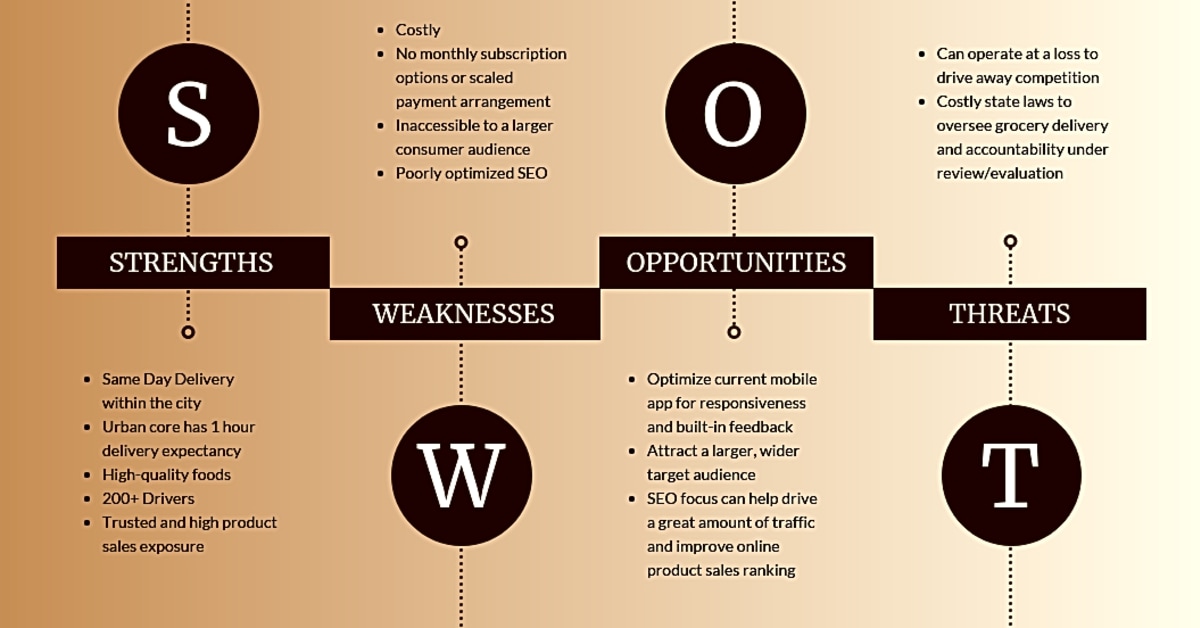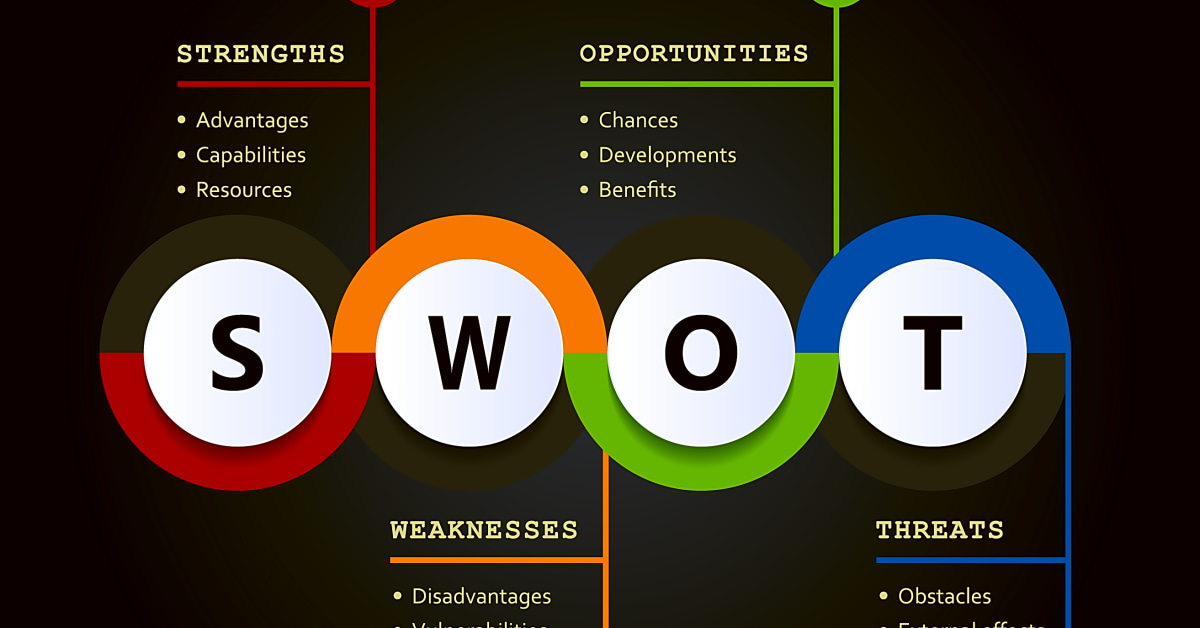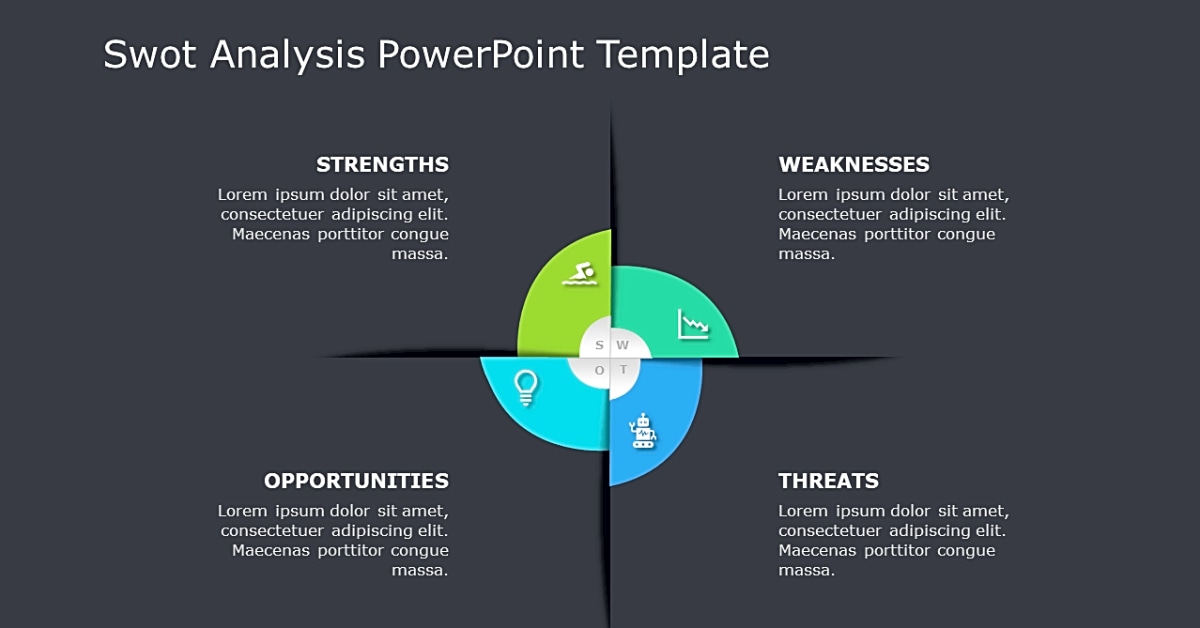Welcome to our comprehensive guide on SWOT analysis templates for marketing plans! As marketing professionals, we know that creating a successful marketing plan requires a thorough understanding of your company’s strengths, weaknesses, opportunities, and threats. That’s where SWOT analysis comes in. It is a powerful tool that helps businesses identify their competitive advantages and areas for improvement. However, creating a SWOT analysis from scratch can be time-consuming and overwhelming. That’s why we have curated this article to provide you with the ultimate SWOT analysis template specifically designed for marketing plans. Whether you are a beginner or an experienced marketer, this template will streamline your SWOT analysis process and help you create an effective marketing plan that drives results. So without further ado, let’s dive into the world of SWOT analysis and learn how to use this template to its full potential.
When it comes to creating successful marketing plans, a SWOT analysis is an essential tool that should not be overlooked. SWOT stands for Strengths, Weaknesses, Opportunities, and Threats and is used to analyze and evaluate the internal and external factors that can impact a business or organization. In this article, we will explore the ins and outs of SWOT analysis templates for marketing plans, providing you with the knowledge and resources to conduct an effective analysis.
What is a SWOT Analysis?
A SWOT analysis is a strategic planning technique used to identify and evaluate the internal and external factors that can affect the success of a project, business, or organization. It helps to identify strengths and weaknesses within the company and opportunities and threats in the external environment. This analysis can provide valuable insights into the current state of a business and aid in decision-making for future strategies.
Why is it Essential for Marketing Plans?
A SWOT analysis is a crucial component of any marketing plan because it allows businesses to understand their position in the market and identify potential areas for improvement. By identifying strengths and weaknesses, businesses can capitalize on their advantages and address any shortcomings. Additionally, by analyzing external opportunities and threats, companies can adapt their marketing strategies to stay competitive in the market.
Specific Templates for Conducting a SWOT Analysis
There are various templates available for conducting a SWOT analysis, each with its own unique structure and approach. Some popular templates include:
- Traditional 2×2 matrix: This template divides the analysis into four quadrants – strengths, weaknesses, opportunities, and threats – making it easy to visualize and understand.
- TOWS matrix: This template adds an additional step by combining internal and external factors to create strategies for maximizing strengths, minimizing weaknesses, taking advantage of opportunities, and mitigating threats.
- Growth-share matrix: This template categorizes the analysis into four quadrants – stars, cash cows, question marks, and dogs – based on the company’s market share and growth potential.
While these are just a few examples, there are many more templates available that businesses can choose from to conduct a SWOT analysis that best fits their needs and goals.
Tools and Frameworks for Conducting a SWOT Analysis
In addition to templates, there are also various tools and frameworks that can assist with conducting a SWOT analysis. Some popular tools include:
- PESTLE analysis: This tool helps to analyze the external political, economic, social, technological, legal, and environmental factors that can impact a business.
- Porter’s Five Forces: This framework evaluates the competitive forces within an industry that can influence a company’s profitability.
- SWOT Analysis Tree Diagram: This tool helps to visually map out the connections between internal and external factors and how they affect each other.
Clear Examples and Explanations
Throughout this article, we have provided clear examples and explanations to help you understand the concepts fully. We believe that providing practical examples makes it easier to grasp the concepts and apply them to your own marketing plans. By using real-life scenarios and case studies, we hope to provide a comprehensive understanding of SWOT analysis templates for marketing plans.
In conclusion, SWOT analysis is a powerful tool that should not be overlooked in any marketing plan. By understanding the concept and utilizing specific templates and tools, businesses can gain valuable insights into their position in the market and make informed decisions for future strategies. We hope this guide has provided you with the knowledge and resources to conduct an effective SWOT analysis for your marketing plans.
Understanding SWOT Analysis
Before diving into templates and tools, it’s crucial to have a solid understanding of what a SWOT analysis is and how it can benefit your marketing plan.
SWOT Analysis Templates
There are various SWOT analysis templates available, each with its own unique structure and purpose. We will go through some of the most popular ones and provide guidance on when to use them.
Tools and Frameworks for SWOT Analysis
In addition to templates, there are also many tools and frameworks that can aid in conducting a SWOT analysis. We will discuss some of the most useful ones and how they can enhance your analysis process.
One popular tool for SWOT analysis is the SOAR framework, which stands for Strengths, Opportunities, Aspirations, and Results. This framework focuses on leveraging an organization’s strengths and opportunities to achieve its aspirations and desired results.
Another useful tool is the PESTEL analysis, which looks at the political, economic, social, technological, environmental, and legal factors that can impact a company’s operations. This can provide valuable insights into potential threats and opportunities for a marketing plan.
Finally, the TOWS matrix is another effective tool for SWOT analysis. It combines the internal and external factors of a company to identify strategic options and develop action plans. This can be particularly helpful in identifying ways to overcome weaknesses and threats.
Incorporating these tools into your SWOT analysis can provide a more comprehensive and strategic approach to developing a marketing plan.By now, you should have a thorough understanding of SWOT analysis templates for marketing plans and how they can be used to your advantage. Remember to choose the right template and utilize helpful tools and frameworks to get the most out of your SWOT analysis.


